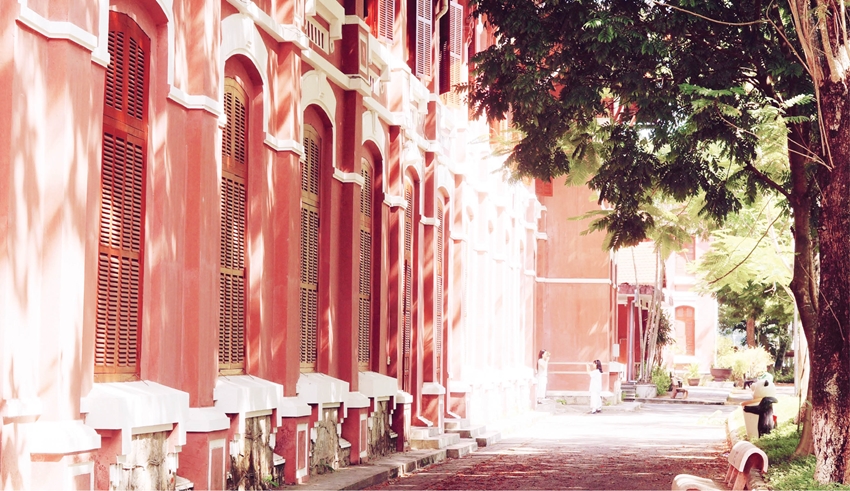 |
| Preserving French architecture in Hue is also preserving part of the city's cultural memory. Photo: Ngoc Anh - Tri Dung - Van Thanh |
Awakening the passion
Over the past year, Le Loi Street has become familiar with the image of a group of students, including Phan Thi Ngoc Anh, Huynh Ngo Tri Dung, Hoang Van Thanh from the Faculty of Architecture, University of Sciences , Hue University. “We study and research information together, support each other in measuring, sketching, and taking photos of the construction. Although it is hard, thanks to working together, we can divide the work to support each other during the surveys,” Tri Dung said.
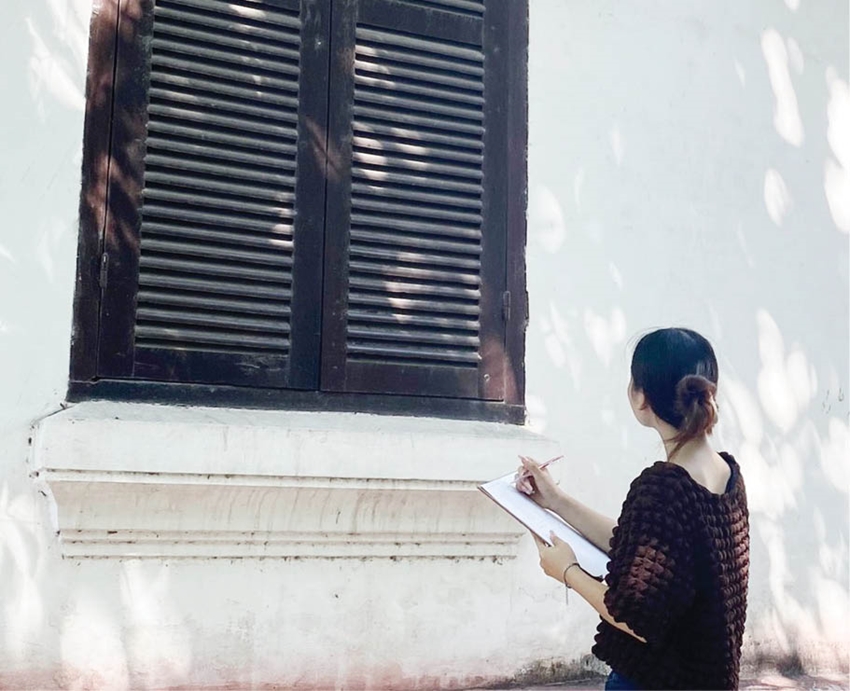 |
| Observe and redraw the details of the project |
Ngoc Anh recounted that before, she and her friends only knew about French buildings in Hue through seminars organized by the faculty and school. The opportunity came to her when she received an invitation from Dr. Architect Nguyen Ngoc Tung, Head of the Faculty of Architecture, University of Sciences, Hue University, to participate in supporting the measurement and drawing of French buildings to serve the teacher's research topic. "The survey and drawing sessions not only helped me understand more about architectural values but also aroused my love for French architecture. That is the reason why the group registered to conduct a scientific research topic on French buildings in Hue," Ngoc Anh shared.
The most profound impression on the group was Quoc Hoc High School for the Gifted - Hue, a symbol of neoclassical architecture located on Le Loi Street. Standing out with its pink-red color and surrounding rows of cool green trees, Quoc Hoc is not only a school for many generations of students but also a part of Hue's living history. The double-layered windows with canopies and specially designed sills help prevent water from stagnating and seeping into the walls, the decorative motifs bearing the mark of Eastern art... are all proof of the ingenuity of the hybrid architecture, where Western beauty blends with the characteristics of East Asia.
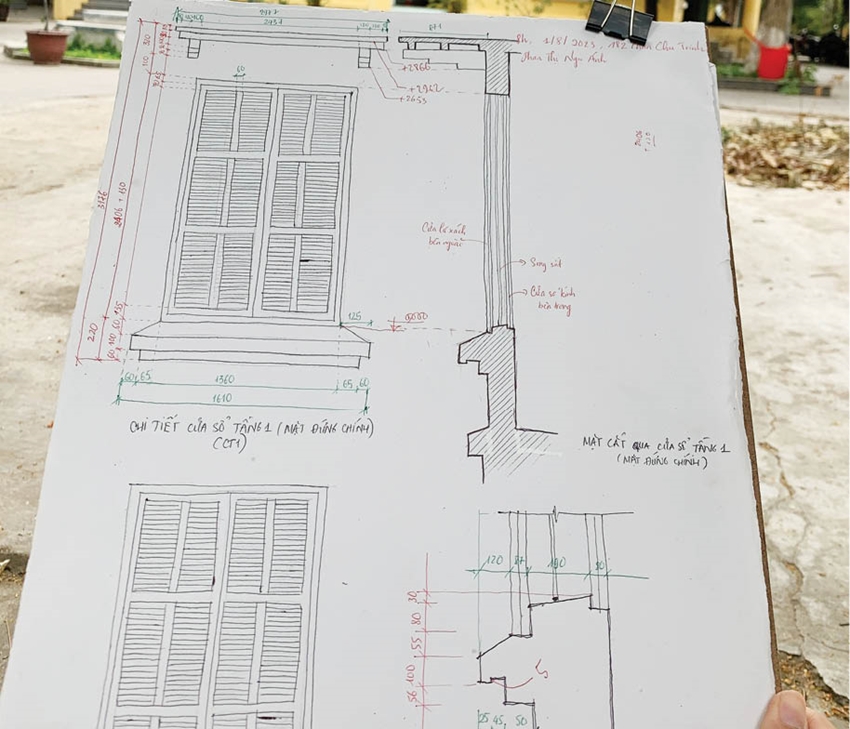 |
| The details of the project are shown in the drawings. |
In the early days of the survey, the group often chose sunny days to conveniently measure and draw. However, during the rainy season, the group often had to take shelter under the eaves of buildings. “Under the rain of Hue, the ancient French buildings seemed to become more alive, as if carrying the memories of time. The rain created transparent water stains on the brick walls and tiled roofs, making the space dreamy and mysterious. The murmuring sound of the rain, combined with the silence of the streets, created a romantic, gentle beauty, making me feel like I was listening to the old stories of Hue,” Ngoc Anh recalled.
Sometimes the group also becomes “reluctant tour guides” when they encounter tourists. After a few words of greeting, the group also introduces and tells tourists about the historical stories of the works. For Van Thanh, these conversations not only make the job more interesting, but also are an opportunity to share pride in Hue’s heritage.
Cultural memory of the city
According to Dr. Architect Nguyen Ngoc Tung, currently in Hue City there are 55 French colonial buildings designed in 6 different architectural styles: Neoclassical, Art Deco, European-Asian fusion, French local, pre-colonial and other styles. Preservation is not only to preserve aesthetic values, but also to contribute to protecting the special cultural assets of the heritage city.
Architect Tran Minh Duc, a member of the Hue City Architects Association, affirmed: “Preserving French architecture in Hue is not only about keeping the buildings, but also preserving a part of the city’s cultural memory. These works are not only the property of Hue, but also the common heritage of humanity”. This further demonstrates the importance of researching and preserving French works in the city, because these works are not only unique in architecture, but also “witnesses” to a turbulent historical period. Through each decorative detail, each moss-covered wall, people can feel the breath of time and stories of cultural exchange.
“I think that, in addition to contributing to the overall landscape architecture of the city, architectural works also play an important role in the historical process. Those works are like “witnesses” that have witnessed the ups and downs of the capital. When I step foot in a certain work, I always wonder behind that ancient appearance, how this work was built, what changes in the city it witnessed, how the ancient people lived and worked here. That arouses my curiosity, the desire to explore and preserve the values that have been passed down over many years,” Ngoc Anh confided.
For Tri Dung, measuring and redrawing not only helps record images of structures that are gradually disappearing, but also creates a valuable source of data: "Maybe one day, some structures will no longer exist, but there will still be drawings, images, designs and research saved, contributing to preserving and conserving those cultural and architectural features in Hue," Tri Dung said.
Hue's architectural works all contain precious cultural and historical values. The research will not only help enrich the treasure trove of knowledge about Hue's architecture, but also create opportunities to preserve and promote the value of architectural works. That is also the goal that Ngoc Anh is aiming for: "I want to create a new perspective on Hue through the lens of architecture by preserving the cultural and artistic values of the works, contributing to preserving the rich and diverse architectural heritage of Hue, the heritage city".
Source: https://baothuathienhue.vn/van-hoa-nghe-thuat/dam-me-kien-truc-phap-149496.html


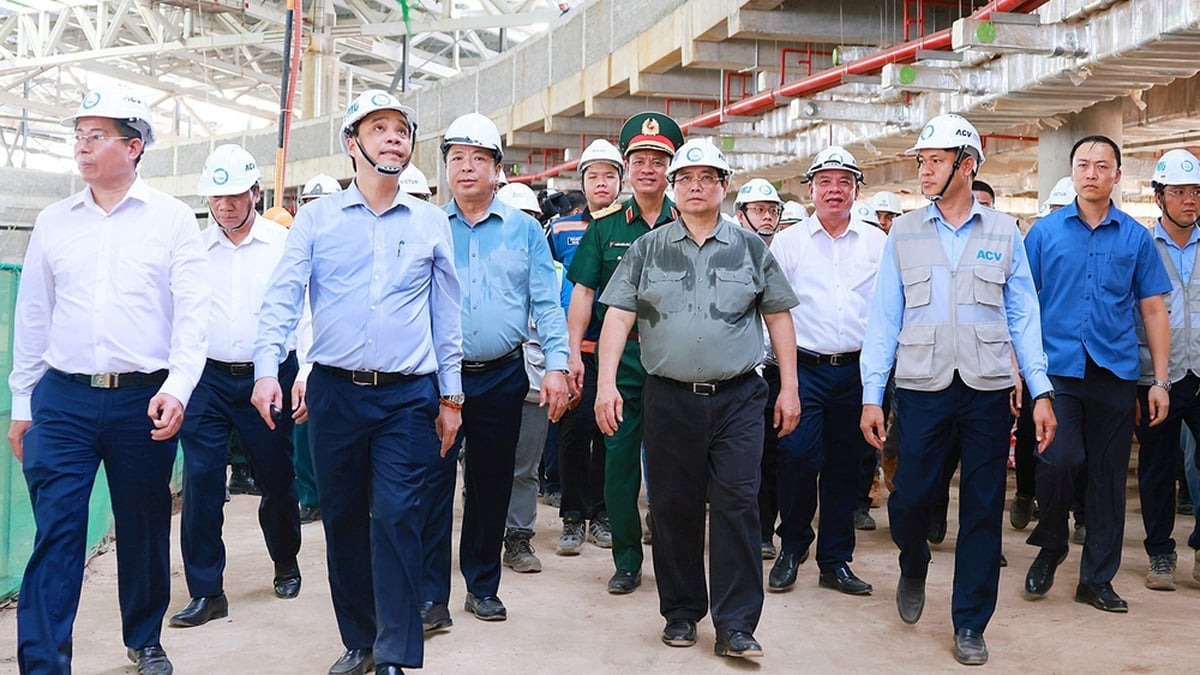
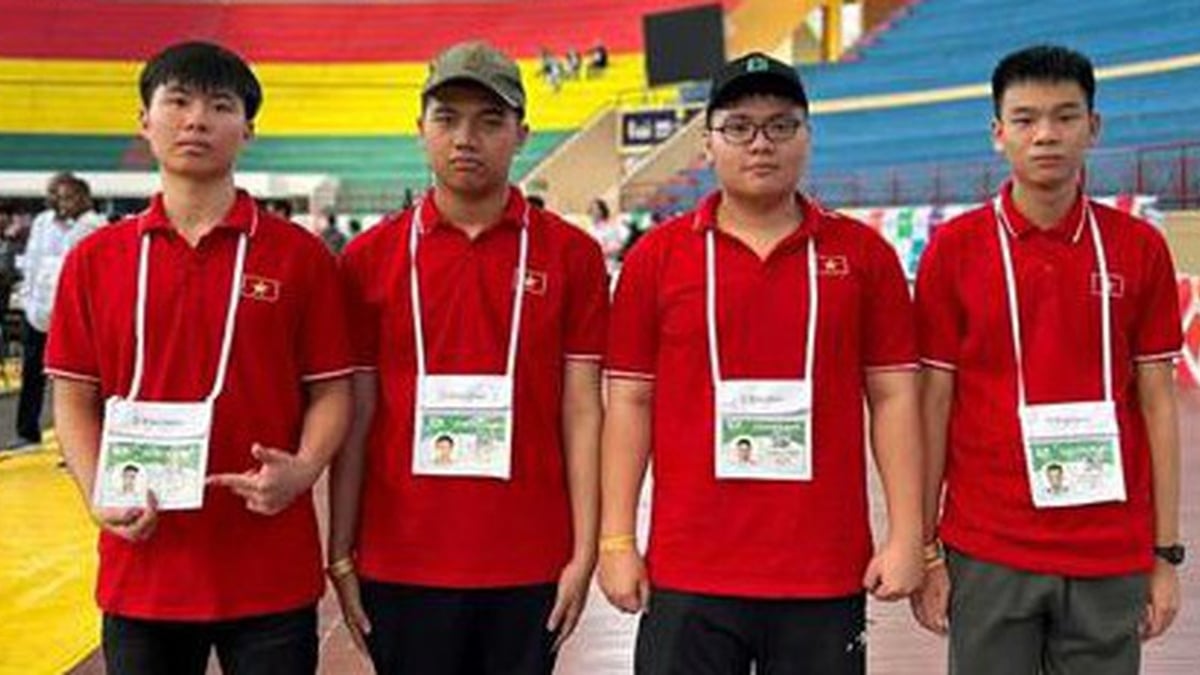
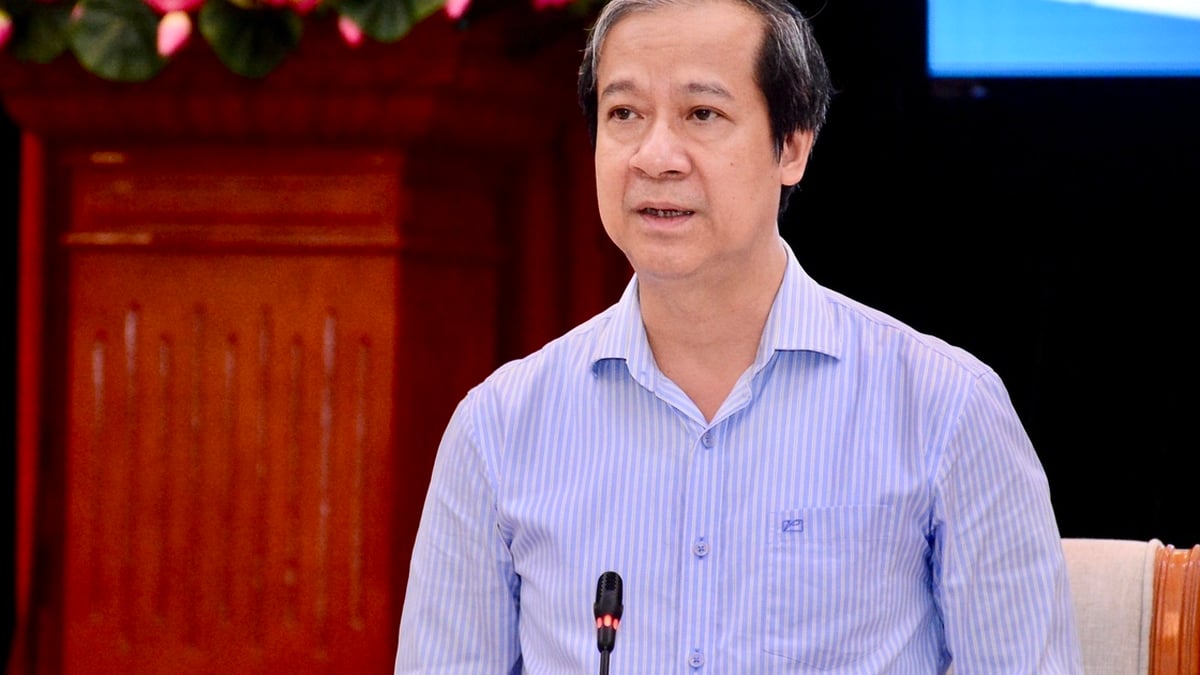


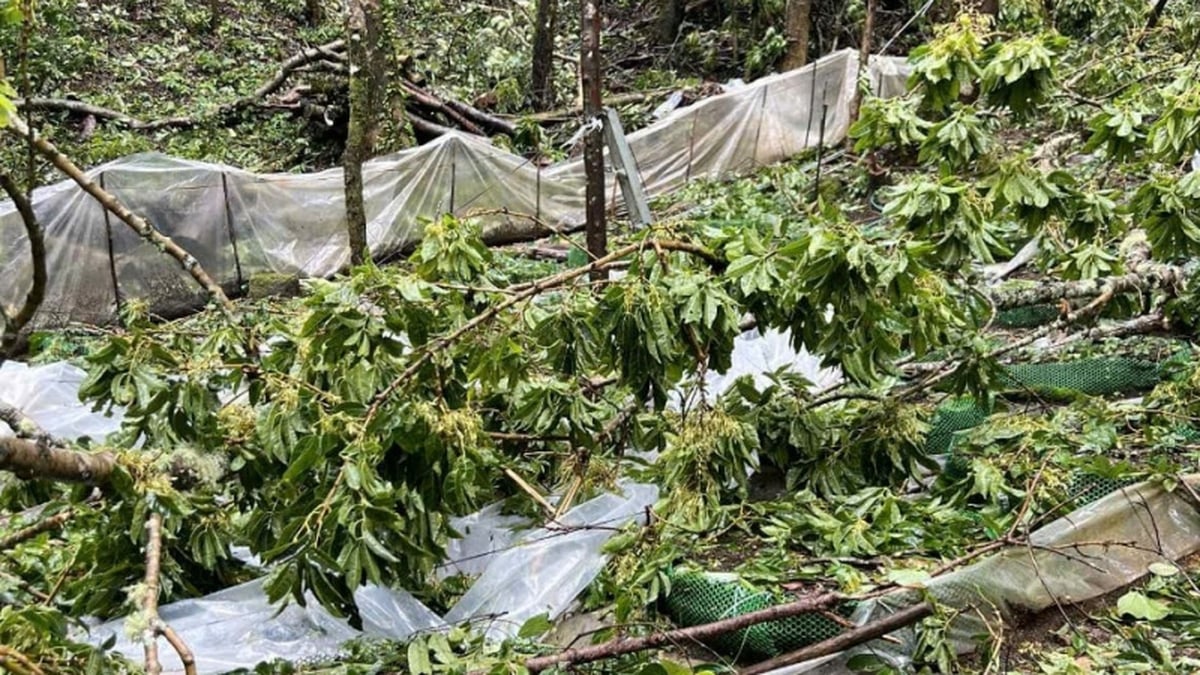


























































































Comment (0)